We covered how to make your own citrus essential oils a few days ago, now I want to show you how to use those oils to make your own perfume, cologne, linen spray, room spray, or spray disinfectant. That is the great thing about making your own items, using the same ingredients in different ways, you can tackle pretty much anything.
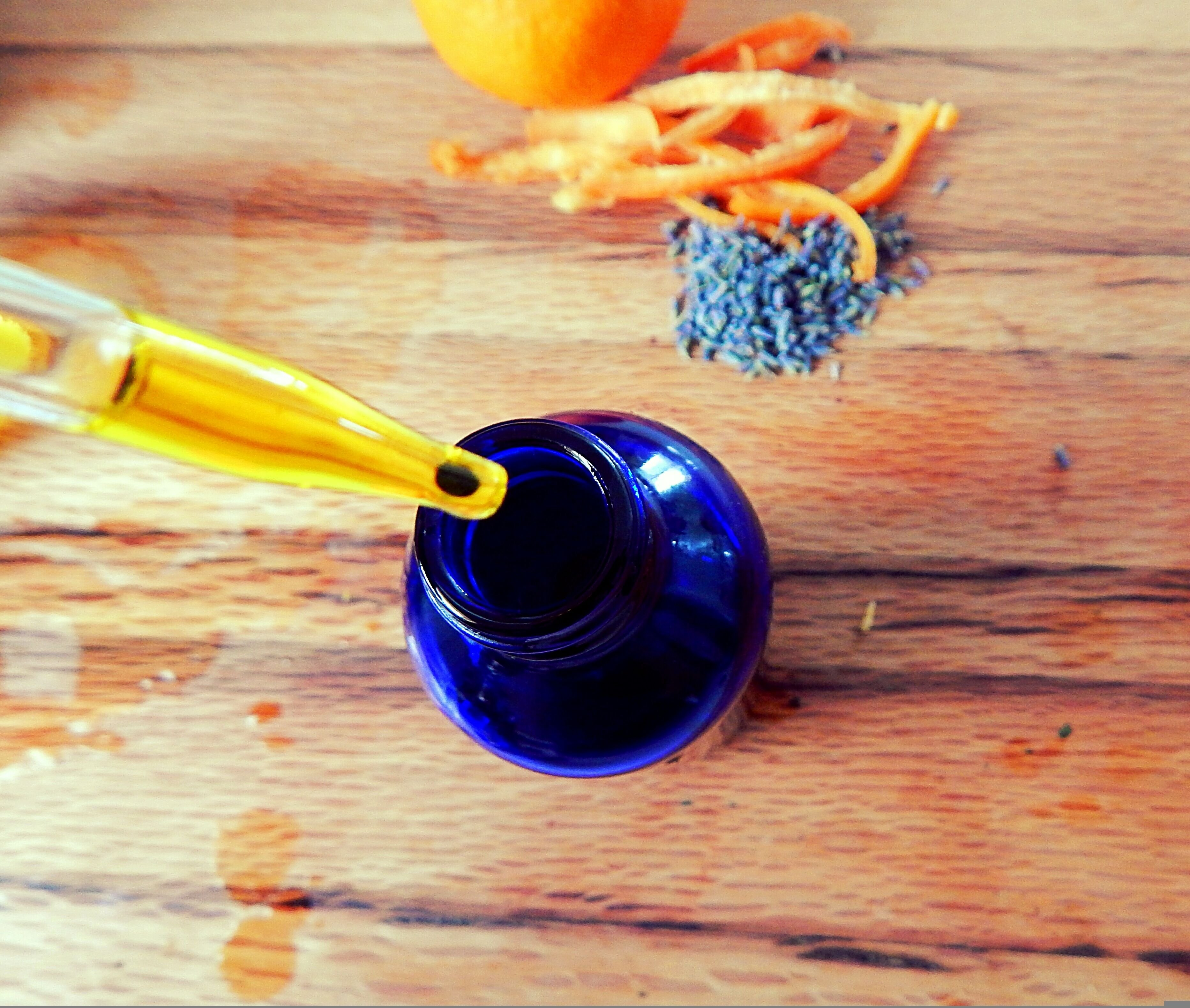
So before we get started on how to make your own fragrance spray, lets talk a bit about conventional perfumes and why we should avoid them- In a study done in 2011, it was found that most fragrance products on the market are full of harmful ingredients that are not only synthetic, but are destroying our bodies. Here is what was discovered;
The Environmental Working Group (EWG) reports that, while many popular perfumes, colognes and body sprays contain trace amounts of natural essences, they also typically contain a dozen or more potentially hazardous synthetic chemicals, some of which are derived from petroleum. To protect trade secrets, makers are allowed to withhold fragrance ingredients, so consumers can’t rely on labels to know what hazards may lurk inside that new bottle of perfume.
“A rose may be a rose,” reports EWG. “But that rose-like fragrance in your perfume may be something else entirely, concocted from any number of the fragrance industry’s 3,100 stock chemical ingredients, the blend of which is almost always kept hidden from the consumer.”
The Campaign for Safe Cosmetics, a coalition of over 100 groups seeking transparency about chemicals in cosmetics, commissioned independent laboratory tests that revealed 38 secret chemicals in 17 leading fragrances. The top offenders?: American Eagle Seventy Seven topped the list with 24, followed by Chanel Coco with 18 and Britney Spears Curious and Giorgio Armani Acqua Di Gio each with 17.
“The average fragrance product tested contained 14 secret chemicals not listed on the label,” reports EWG, which analyzed the Campaign’s data. “Among them are chemicals associated with hormone disruption and allergic reactions, and many substances that have not been assessed for safety in personal care products.” EWG adds that some of the undisclosed ingredients are chemicals “with troubling hazardous properties or with a propensity to accumulate in human tissues.” Examples include diethyl phthalate, a chemical found in 97 percent of Americans and linked to sperm damage in human epidemiological studies, and musk ketone, which concentrates in human fat tissue and breast milk.
EWG explains that ingredients not in a product’s “hidden fragrance mixture” must be listed on the label, so makers disclose some chemicals but “lump others together in the generic category of ‘fragrance’.”
EWG blames the U.S. government in part, pointing out that the Food and Drug Administration “has not assessed the safety of the vast majority” of secret chemicals used in spray-on products such as fragrances. “Fragrance secrecy is legal due to a giant loophole in the Federal Fair Packaging and Labeling Act of 1973, which requires companies to list cosmetics ingredients on the product labels but explicitly exempts fragrance,” reports EWG. As such, the cosmetics industry has kept the public in the dark about fragrance ingredients, “even those that present potential health risks or build up in people’s bodies.”
Yeah, we can do better....
Making Your Own Fragrance Spray
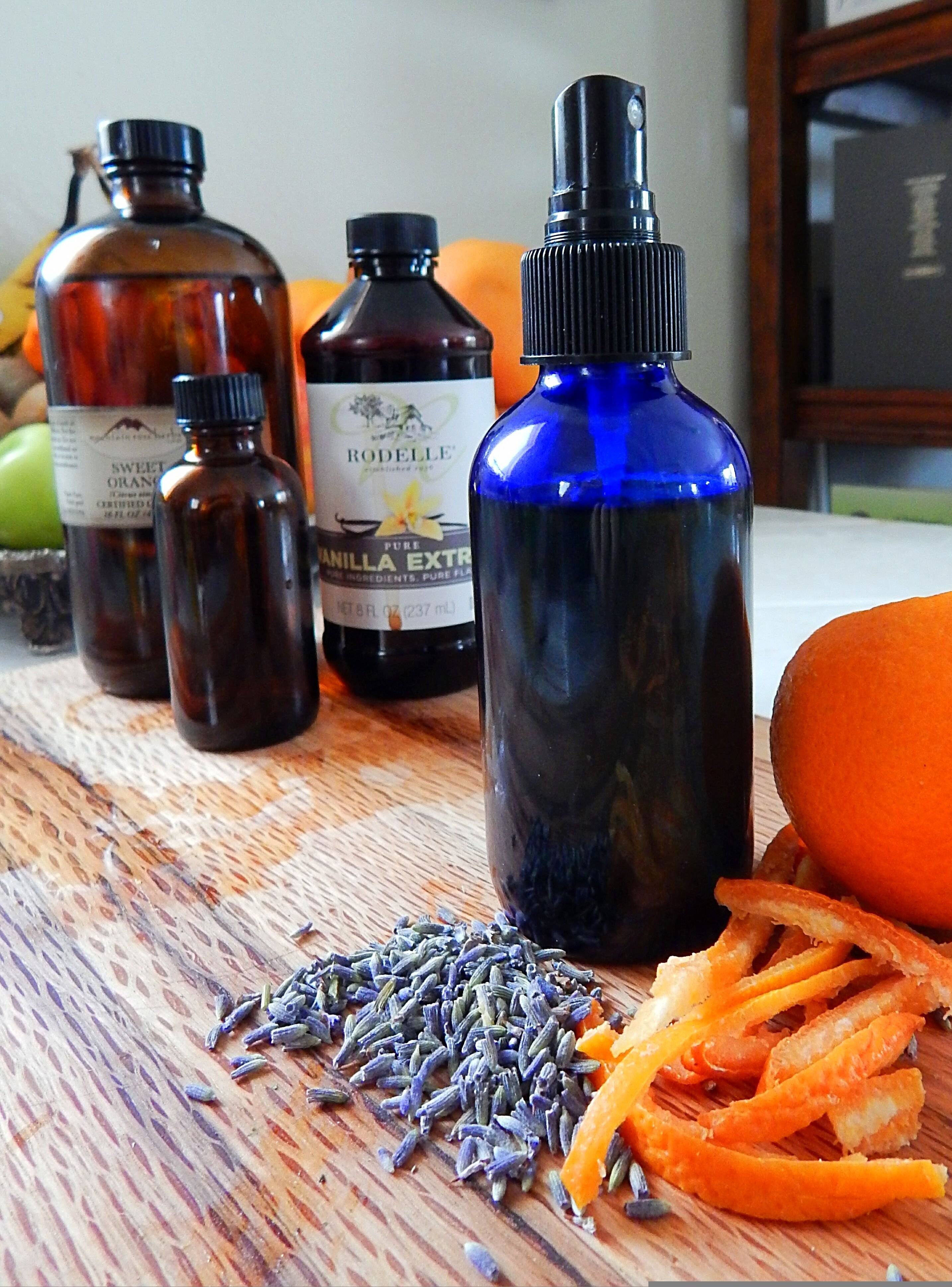
The Process
The process for this is extremely easy, and can be customized in a variety of ways. We will be going over multiply Fragrance Blends, but I wanted to first point out that the base is the same throughout. We will be using a grain alcohol, in this case vodka, as our base. The quality of the alcohol is not important, so buy the cheapest one and try to get it in bulk. It is something that is nice to have on hand because you can also use it to make your own essential oil as well as to make herbal tonics and tinctures.
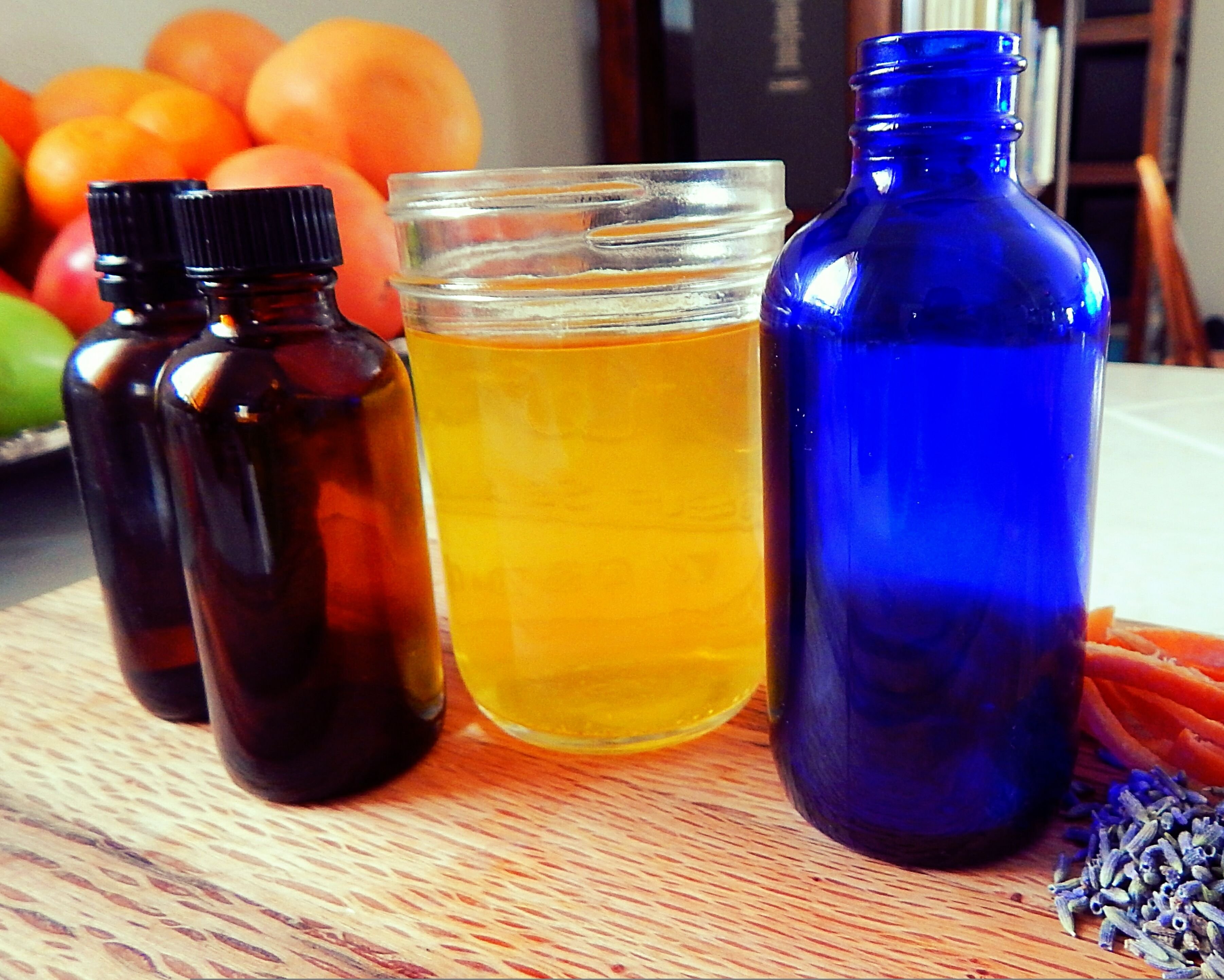
So the first thing we are going to do is fill an 8oz glass spray bottle with the alcohol, leaving a bit of room on top. Now, in this case I am using the infused alcohol that was made in the process of making your own essential oils from citrus peels, but plain vodka works just fine as well.
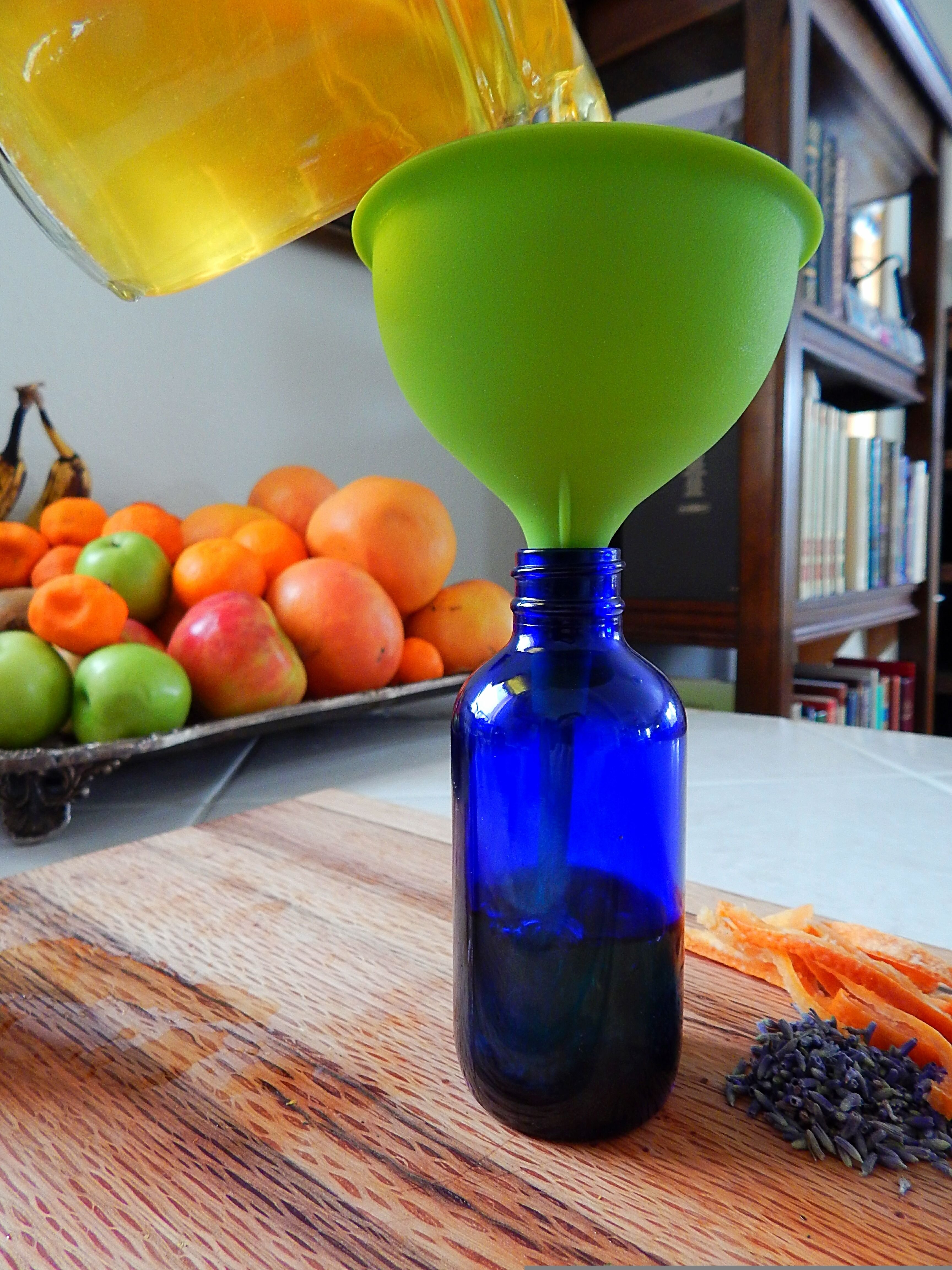
Then we need to add in our essential oils and extracts. My favorite combination for perfume is Pure Vanilla Extract (1/4 tsp), Orange Essential Oil (I'm using our homemade one here -30drops), and Organic Lavender Essential Oil (20 drops)
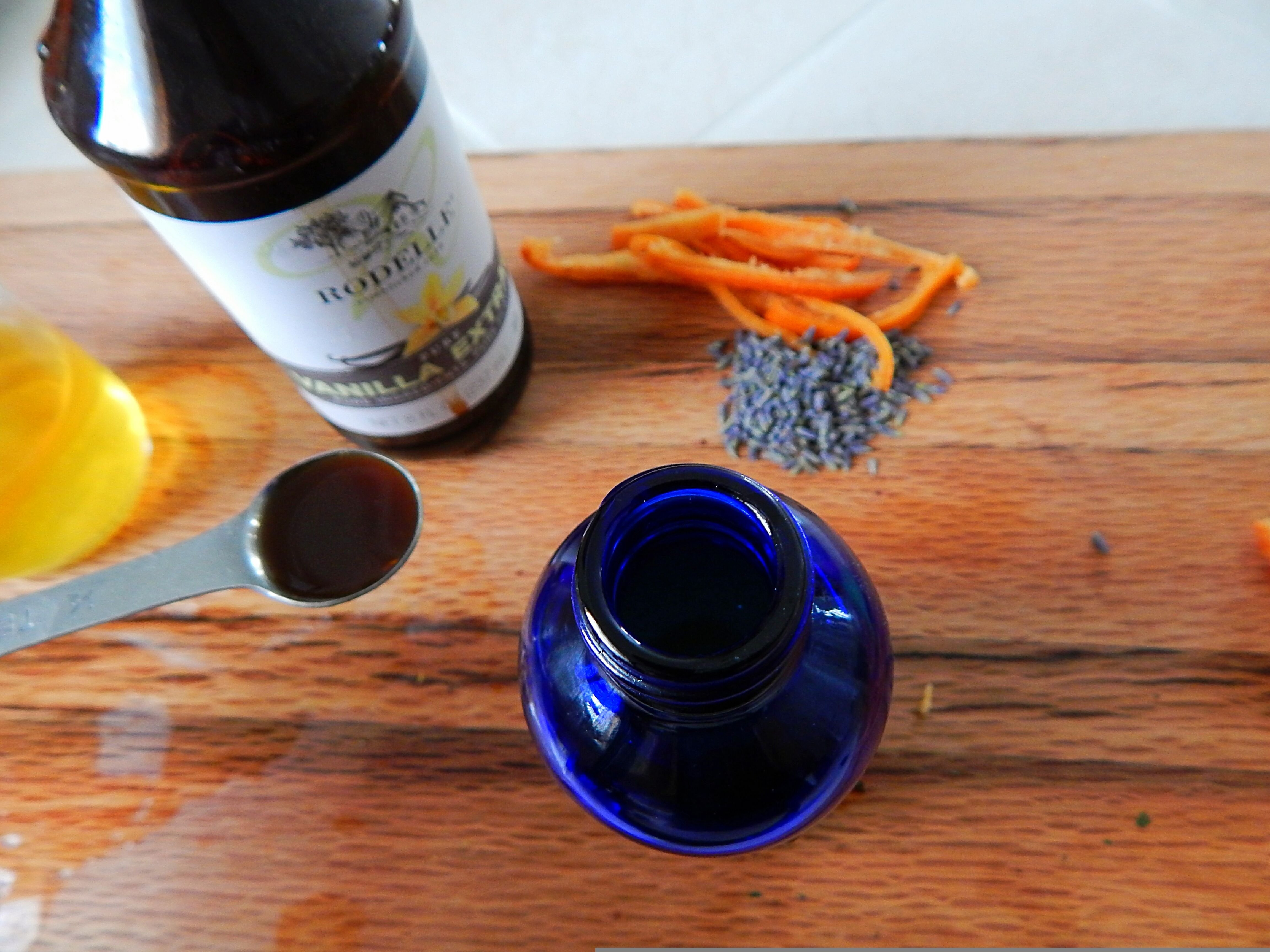

That's it! You now have made your own fragrance spray...how easy was that? The possibilites are endless with this recipe, experiment with your favorite essential oils until you find the blend you love. The following recipes all start with 8 ounces of alcohol and then just mix in the essential oils of choice. Here are some of our favorites;
Perfume
Option 1) Lemongrass(10 drops), Lavender (20 drops) and Vanilla Extract (1/4 tsp)
Option 2) Grapefruit(20 drops), Orange(10 drops), Lemon(5 drops) and Bergamont (5 drops)
Option 3) Orange Essential Oil (30 drops), Lavender (20 drops) and Vanilla Extract (1/4 tsp)
Cologne
Option 1) Bergamont(10 drops), Cedarwood(5 drops) and Sandalwood (5 drops)
Option 2) Juniper Berrry (10 drops), Cedarwood (5 drops), Cardamon (5 drops) and Orange (5 drops)
Linen Spray
Lavender (20 drops), Chamomile (5 drops) and Vanilla Extract (1/4 tsp)
Disinfectant Spray
Tea Tree (10 drops), Lemon (10 drops), Lavender (10 drops), Eucalyptus (3 drops), and Cinnamon Bark (3 drops)
This is great to use instead of something like Lysol on door knobs, remotes, toys etc.
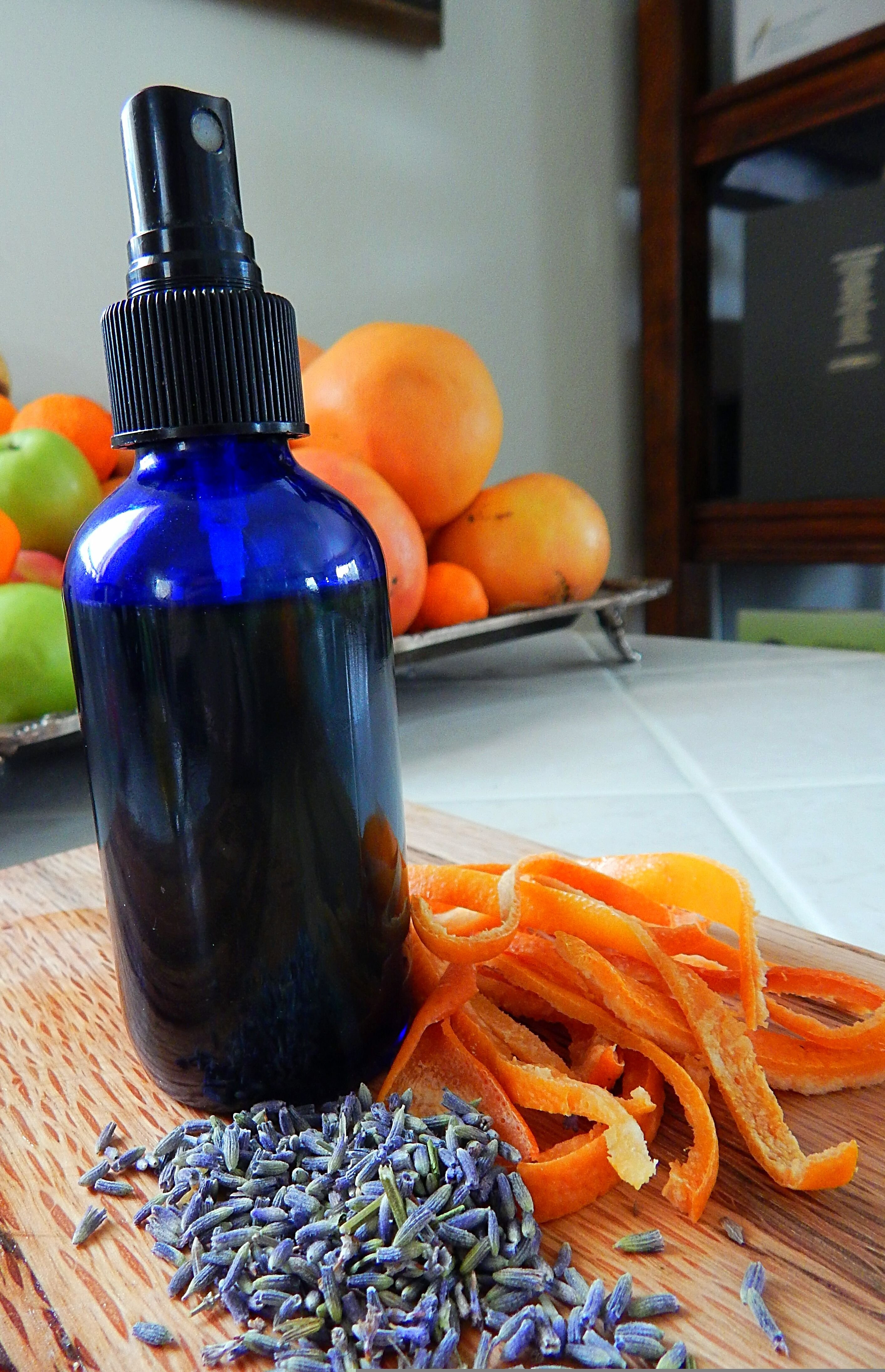
As you can see, this fragrance spray can be customized in a ton of different ways. Orange, Clove and Vanilla make an amazing Christmas Room Spray. Peppermint can even be used as a spider deterrent, your imagination is the limit here.
I hope this post has encouraged you to make your own fragrance spray, I promise you won't regret it!
Thank you for reading,
Happy Homesteading!
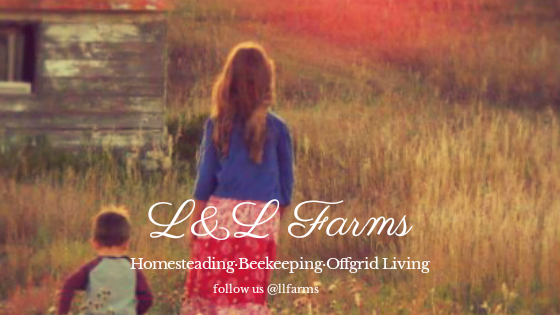
Source: https://www.scientificamerican.com/article/toxic-perfumes-and-colognes/
